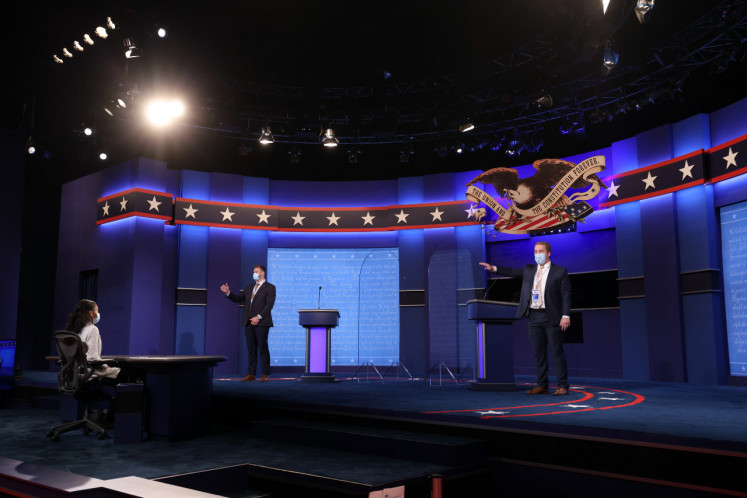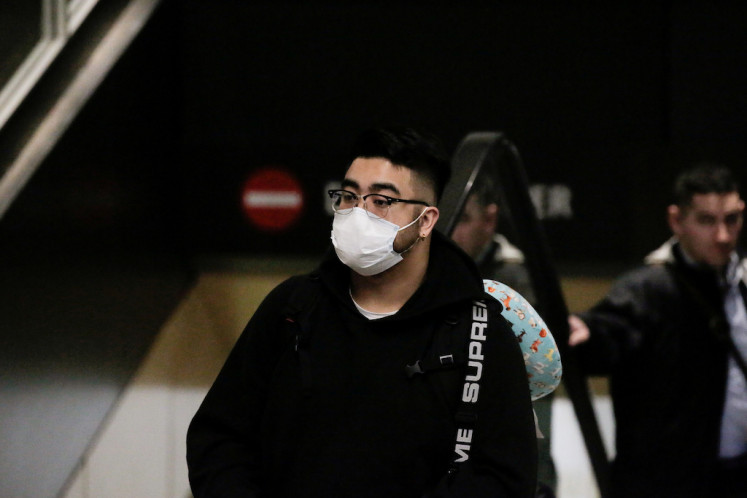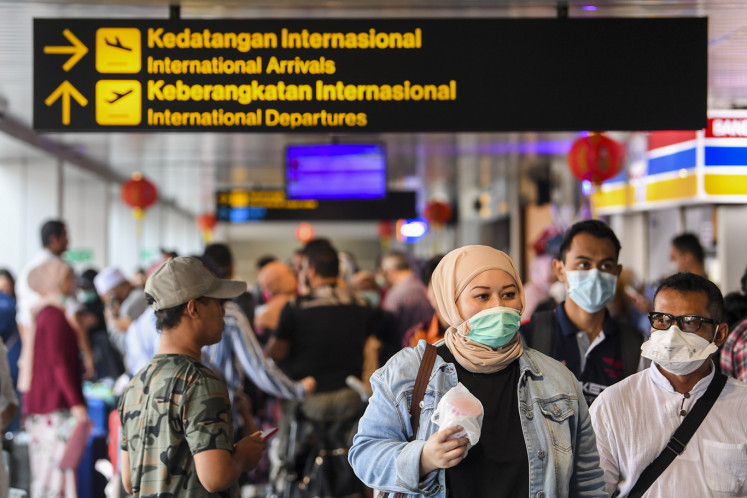Popular Reads
Top Results
Can't find what you're looking for?
View all search resultsPopular Reads
Top Results
Can't find what you're looking for?
View all search resultsMahsa Amini, Azyumardi Azra, the hijab and Wasathiyah Islam
Amini’s death was the spark that blew up the powder keg, just as the assassination of the archduke Frans Ferdinand of Austria sparked off World War I.
Change text size
Gift Premium Articles
to Anyone
R
ecently, when the mother of a friend died, in the public announcement of her death, the photo used was of her wearing a scarf on her head. My friend said it was a hijab and that he had chosen that photo because he believed the image of the hijab would help cleanse her of her sins in the afterlife. Really? Says who? The Quran? The hadith? What an easy way to cleanse one’s sins!
The funny thing was, never in her life did his mother ever wear a hijab. In fact, she often expressed her dislike and disdain for women who wore hijabs in an attempt to cover up bad, un-Islamic acts (corruption for example), their hypocrisy, to show off the latest Muslim fashion or to wear the political hijab, worn by women politicians to show off their “Islamic credentials” to the electorate.
His mother was wearing a scarf the morning the photo was taken simply because she felt cold, and she had draped it over her head and shoulders to keep herself warm. So why did the son impose his “religious” hijab on her after she died when she had rejected it while she was alive?
The above case of my friend simply prompts an eyeroll and perhaps a grin, but when a distorted interpretation of hijab-wearing causes a woman to die, it is no laughing matter. This is what happened to Mahsa Amini, a 22-year-old woman in Iran, who was taken in by the so-called morality police on Sept. 13 for wearing her hijab improperly – by exposing some hair – and died three days later. Her death sparked mass protests nationwide and across the globe – in Athens, Berlin, Brussels, Istanbul, Madrid, New York, Paris and Perth, among other cities.
The hijab has been mandatory in Iran since the 1979 Islamic Revolution, and the law is enforced by the much-hated Guidance Patrol, also known as the morality police, who survey women for public dress code violations. Those who are found guilty of wearing the hijab improperly are fined or imprisoned – and often harassed and abused in the process.
In the course of the 43 years of the Islamic state, there have been protests against the mandatory hijab rule, even from day one, in 1979. In recent years, the protests have grown louder, but the government has responded with increasingly harsh measures, including the use of facial recognition.
According to Iranian activist Masih Alinejad, "For the Islamic Republic, the hijab is a tool to control women and through women to control the whole of society. For them, this is like the Berlin Wall. If we tear this wall down, the Islamic Republic won't exist. Women have been pushing back against the compulsory hijab laws and all the anti-women laws in Iran, but this is the time that the movement is gaining momentum. This is the women's revolution".
















